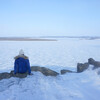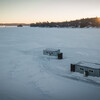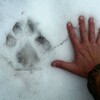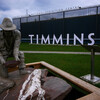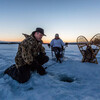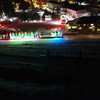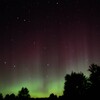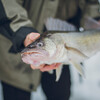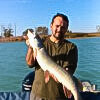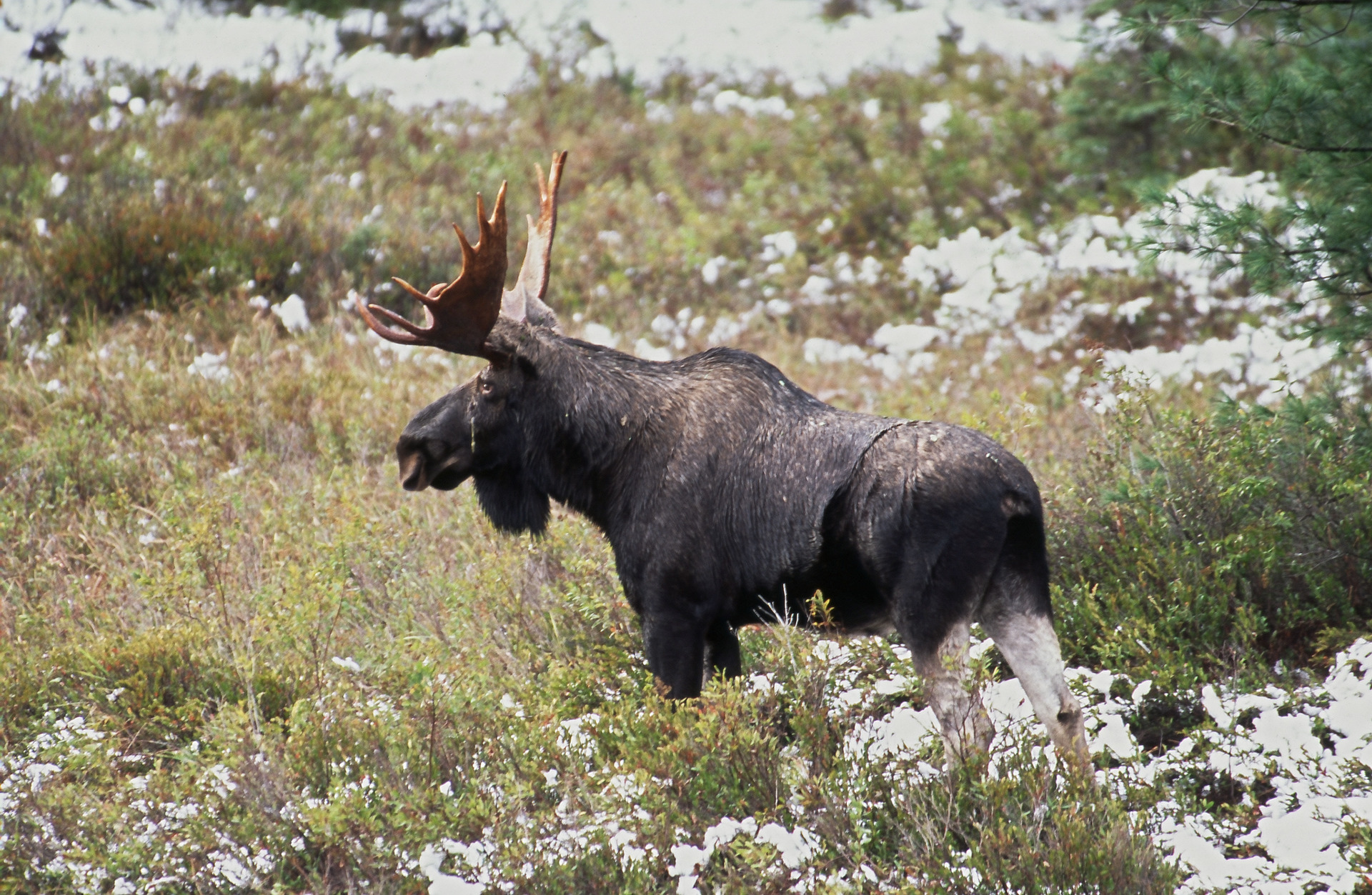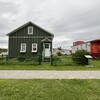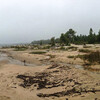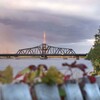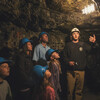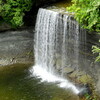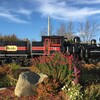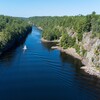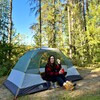
One Man's Search for the Infamous Gowganda Lake Grouse
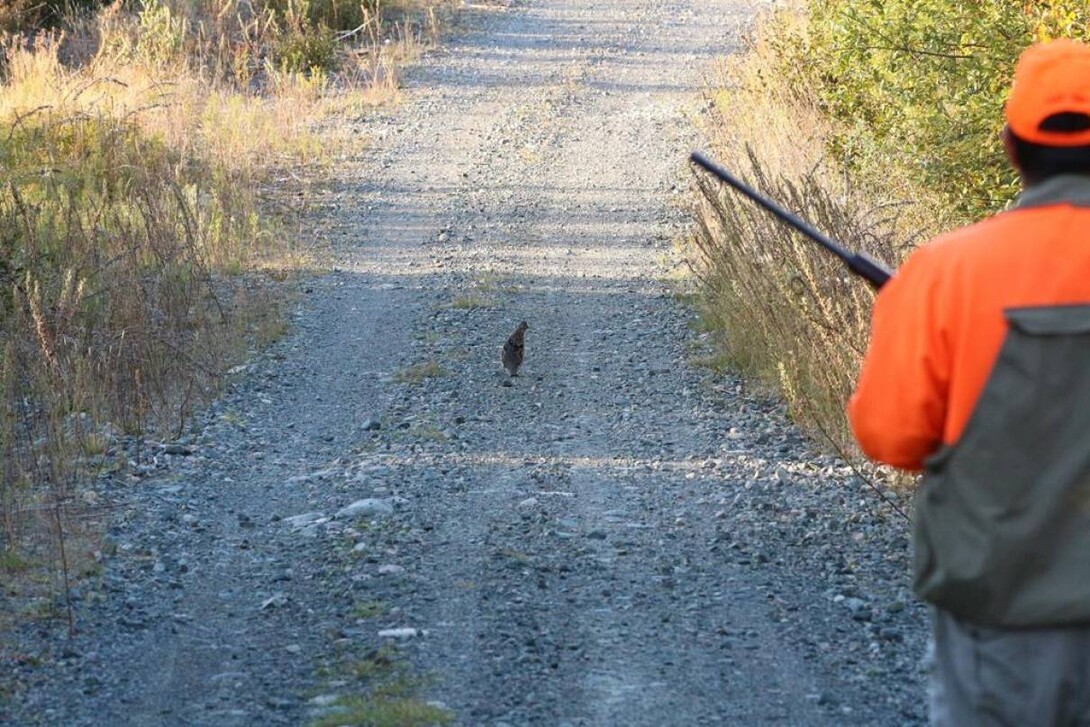
A whispering fall breeze floats Aspen leaves to a colourful ground blanket. The sun shines brightly through the remaining kaleidoscope foliage causing my eyes squint. There is movement in the long grass ahead! My senses tweak alert and as a Ruffed Grouse takes to the sky! As I have done a hundred days before, my trusty 28 gauge finds my shoulder and one shot is fired off. Feathers mix with the falling leaves and i am assured of another evening feast!
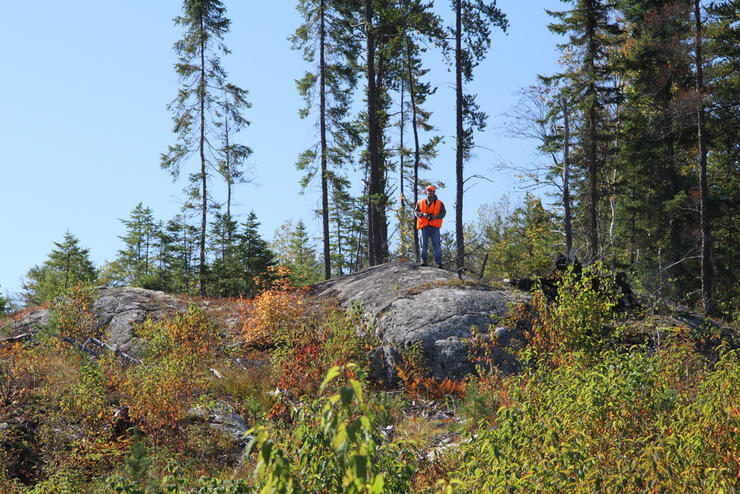
Fall Ruffed Grouse hunting is a time honoured practice in my family. As a young lad, my father led me to many parts of Ontario seeking the most robust of bird concentrations that he could. I wonder if he ever experienced the Gowganda Lake region for upland bird hunting? Well, i sure hope so because I now have!
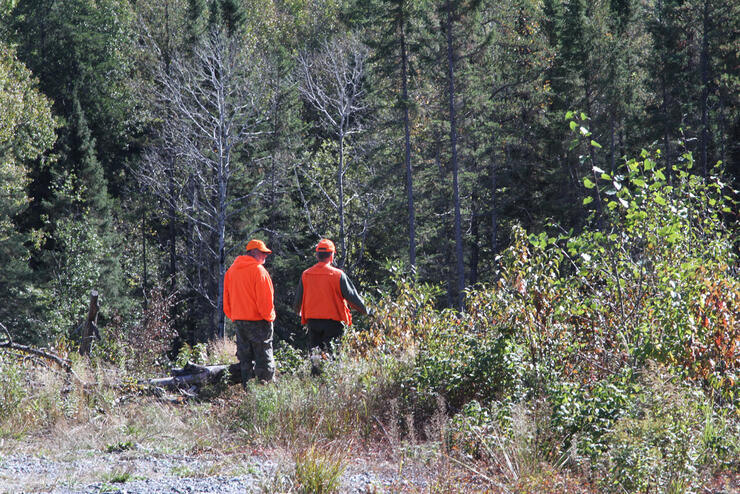
It takes an blend of deciduous and conifer forest mix with plentiful wild ground berry growth and swamp edges to produce Ontario's greatest populations of wild Grouse. Land maps, satellite images and Google earth led my attention to the Gowganda Lake region for such possibilities.
My suspicions were confirmed as I spoke on the phone with Urs Brunner, owner of Auld Reekie Lodge on Gowganda Lake. "If you cant hit a flying bird, you better bring lots of shells" stated Brunner. "most hunters show up with a lack of ammo". That final statement was good enough for me as I immediately booked a cabin at Auld Reekie and my group set our destination promptly.
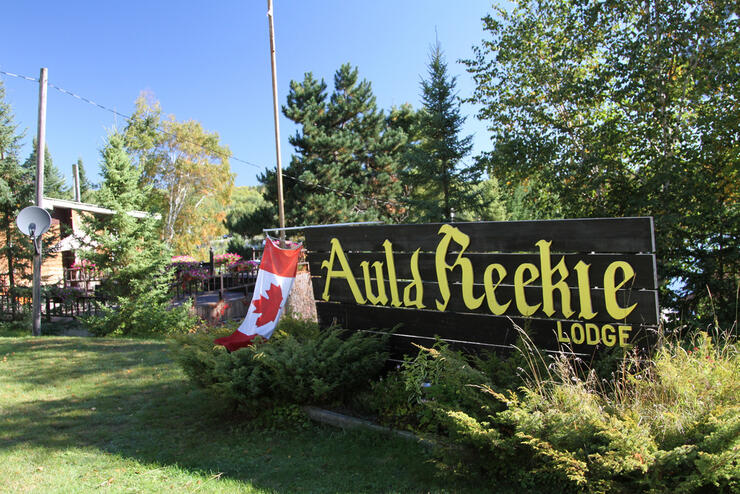
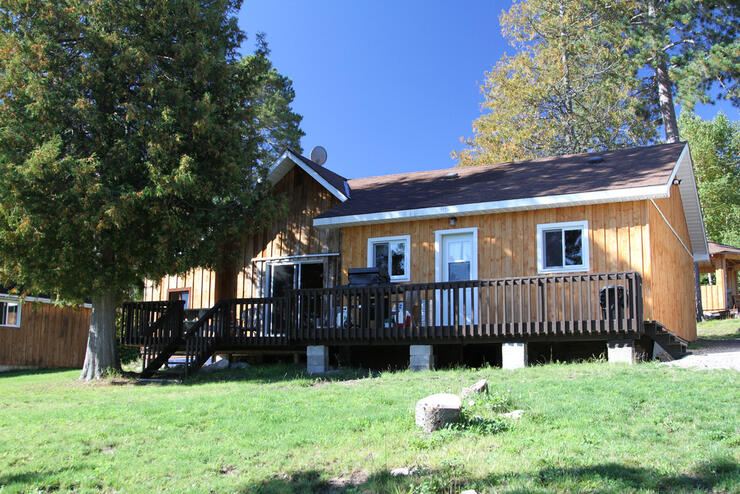
This region was shredded by ancient glaciers leaving deep pockets of lakes, streams and swamps while pushing soils into rises and ridges where trees and foliage have grown deep. Forestry is a continuing historical practice that finds stands of new growth mixed with old growth. Lying within several hours of metro Ontario, The Gowganda region contains a myriad of abandoned logging and mineral exploration roads. This offers great access to landscape. Some of these roads may be accessed by vehicle while some are so dated that an ATV or hiking boots are essential. What lies beyond each rise in the geography is an ever mystery.

Timing your grouse hunt is essential as the district is well populated with Black Bear, Moose and big game hunters. Black bear hunting begins mid August with the organized hunts ending by the second week of Sept. Grouse season opens mid September and so does the archery Moose hunt. There is limited Moose hunter presence in the region during archery season, unlike the Moose gun season which opens by the second week of October.
Depending on your style of grouse hunting, the early season start often finds full foliage on the trees with heavy ground foliage. Dogs are essential at this time to help you seek and spot the birds. By the end of Sept, tree and ground cover is sparse allowing the solo "walk and stalk" hunter a better opportunity to see birds.
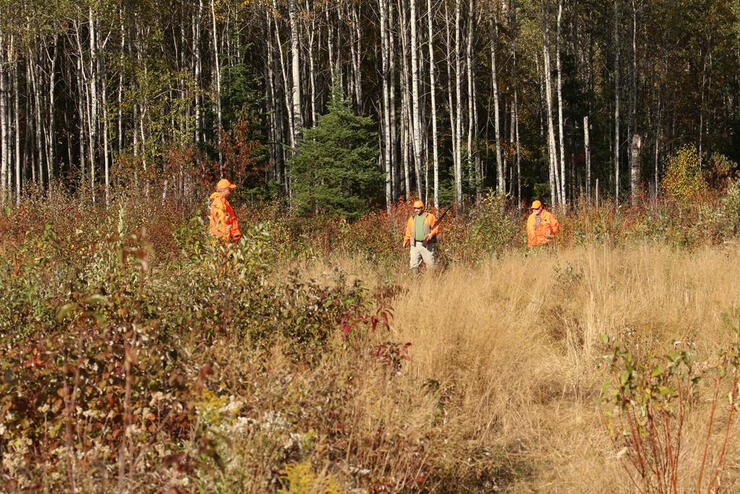
With grouse populations being so plentiful based on the sheer amount of preferred cover and feed, Gowganda Lake region is a popular place to field train a new bird hunting dog. "We have hunters come up every year with a half dozen dogs" explained Brunner. "They bring seasoned dogs as well as young dogs to train because they can flush up two or three dozen grouse a day". With that amount of field experience, a young dog could be bird trained in a few days!
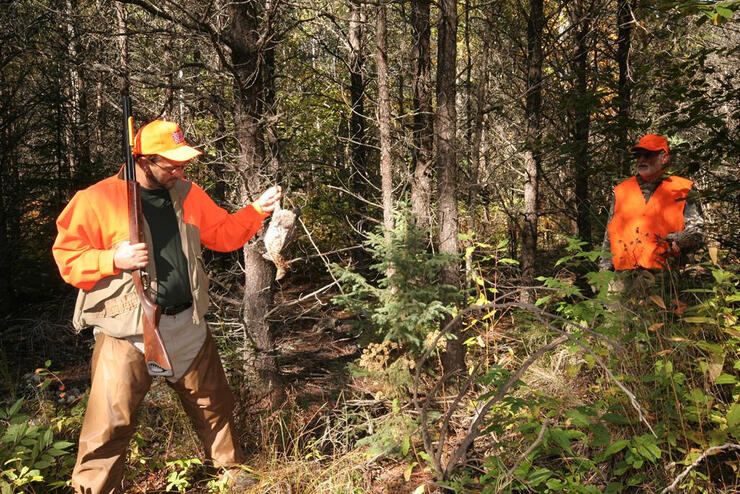
Finding a few birds is easy enough as one can travel the old logging roads and spot birds as they come to the old gravel roads to swallow up small grit sands which is essential in bird digestion. Having met up with another pair of hunters with dogs they attested to the fact that "if you see one bird on the old road, there are 15 more in the bush! If a hunter is looking for lots of birds, get off the roads and beat the transition forests or shorter second growths such as poplar and aspen groves". And so we did...
View Auld Reekie - Wildlife Management Unit 40 in a larger map
Gowganda Lake is located in WMU 40 with WMU 29 close by. The daily grouse limit per hunter is five with a possession limit of fifteen. Unlike the Boreal forests further northwest, the dominant Ruffed grouse species seems to be favoured rather than the Spruce grouse.
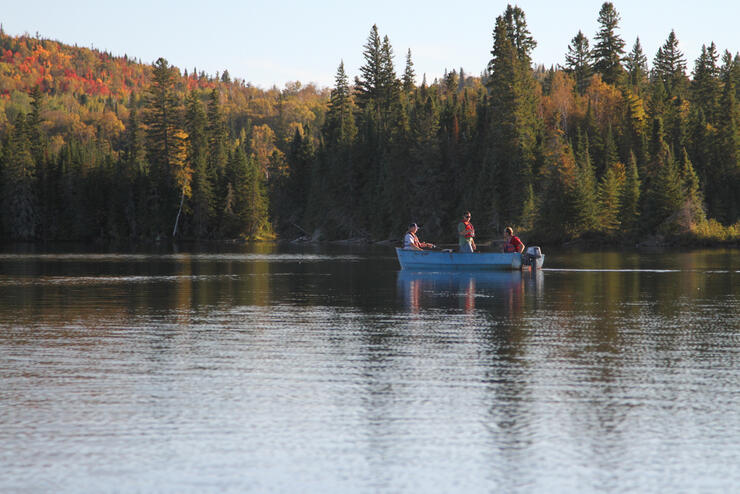
While birds are plentiful, so are grouse hunters. You will encounter other hunters on the old roads. Firearm discharge laws from travelled roads do not necessarily apply to unmaintained rights of way, such as an abandoned logging road.
Joe McCambridge, president of the Ontario Conservation Officer Association warns that while hunting on an abandoned road, hunters must always do so in a safe manner. "Consider that even an abandoned roadway is used by all travellers whether be on foot or ATV therefore, shooting down any travel-way is dangerous considering other users may suddenly appear around the corner. Remember: it is illegal to shoot from any motorized vehicle including ATV's, dirt bikes and snowmobiles whether the engine is running or not.
Recommended Articles
The Seven's Best Hikes, Biking Trails and Lakes

7 Best Spots to Check Out in The Seven

Budget Bliss: Explore Northeastern Ontario Without Breaking the Bank

Bring Your Fam!

Time to Unwind: 6 Spa Havens to Discover In The Seven
5 Amazing Places to SUP in Northeastern Ontario

5 Amazing Bike Rides to Discover

Northern Lights in Northeastern Ontario

Northeastern Ontario's Best Pride Festivals

Fish for one of the World's Rarest Species of Trout

An Insider's Guide to Manitoulin Island

6 Small-Town Gems to Explore in Northeastern Ontario

11 Best Things to Do in Kapuskasing, Ontario




